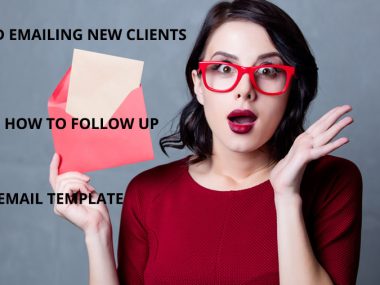The Ultimate Guide To Sales Prospecting & Lead Generation for B2B Sales and Business Development
Embarking on the journey of turning strangers into valuable appointments for successful deals is a significant aspect of B2B sales and business development. This six-step methodology is designed to be your ultimate guide, applicable across diverse products, services, and industries. Whether you opt for cold email, LinkedIn outreach, or cold calling, these strategies are universally effective.
1. Sales Strategy Development: Irrespective of the chosen method cold calling, cold emailing, or LinkedIn outreach—crafting a solid sales strategy is the first step. Develop a clear understanding of your ideal customer profile, identifying their pain points, industry, and revenue. Hyper-focus on a specific niche for each campaign, allowing you to tailor your approach and messaging accordingly.
2. List Building: Following the creation of an ideal customer profile, proceed to list building. If, for instance, your target is financial tech companies with specific employee count, revenue, and reliance on digital marketing, use platforms like LinkedIn, Google, or purchased lists to compile a comprehensive list of companies that fit this profile. Aim for a minimum of 20 companies to ensure meaningful insights into the effectiveness of your outreach.
3. Outreach Strategies: Once armed with your list, commence the outreach phase. Depending on your industry or company, the effectiveness of cold email, cold calling, or LinkedIn messages may vary. Analyze your industry’s trends and adopt the method that has proven most successful for similar businesses. It is advisable to focus on mastering one outreach method at a time for optimal results.
4. Converting Prospects: After initiating outreach, the next step is turning prospects into actual meetings or appointments. Respond promptly to inquiries, answer questions, and gently guide potential clients toward scheduling a meeting. The primary goal of any outreach is to secure an appointment, not to finalize a sale. Persistence and tactful handling of objections can lead prospects to take the desired action.
5. Qualification Call: Upon successfully scheduling a meeting, the initial call is not about selling but about qualifying the customer. Assess whether they align with your product or service, have a genuine need, and possess the budget. Ensure that your time, especially as a salesperson, is invested wisely by qualifying prospects before proceeding to the selling stage.
6. Review and Refine: Concluding the sales prospecting cycle involves reviewing every step of your strategy, from the initial sales approach to the qualification call. Identify areas for improvement, whether it’s in targeting the right niche, refining outreach strategies, or enhancing the qualification process. Consistent review and refinement are essential to continuous improvement in your sales prospecting endeavors.
Approaching sales prospecting with a strategic mindset, an adaptive approach, and a commitment to improvement at each stage ensures not just appointments but also increased efficiency and success in closing deals. Regularly assess and refine your process to stay ahead in the dynamic landscape of B2B sales and lead generation.
Conclusion:
Mastering the art of sales prospecting and lead generation requires a systematic approach. By developing a strong sales strategy, building targeted lists, choosing the right outreach medium, and refining your process through continuous review, you can transform cold leads into valuable appointments and closed deals. Remember, consistency and adaptability are key in the dynamic world of B2B sales and business development.










